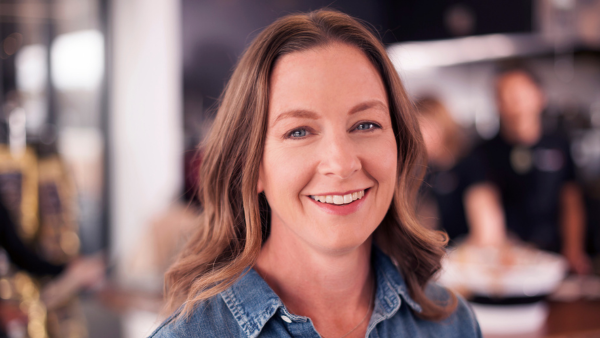
If you’re interested in finding the perfect bottle of wine to compliment your next meal, look no further than our Dynamic Wine and Food Pairing class. As part of our wine program, the class will let you dive into the world of wine and food pairing.
This four-day course, led by Pam Schwartz, will teach you how to successfully and deliciously pair wine and food. You will begin by sampling wines individually and then resampling them alongside different food combinations. By the end of the course, you will likely be more confident in your wine sales abilities and wine and food pairing knowledge.
Get ready to sip back, relax, and learn about wine and food pairing with industry expert Pam Schwartz.
1: What Will Students Learn About in Your Dynamic Wine and Food Pairing Class?
Students learn to think differently about traditional wine pairing. We start with basics like red wine with red meat and white wine with fish, then toss it out the window. We dive into the flavor components of wine and food by comparing and contrasting flavors. At the end of the class, students can confidently make good food and wine pairings that will impress their friends.
2: How has the wine business evolved and changed over the years to meet the changing tastes of wine customers?
When I first started in the wine business in the Stone Age, the focus was on big California wines. Sweet was the buzzword. Not sweet like white zinfandel but sweet like jammy, buttery, oaky. Even European wineries were tailoring wines to the American palate. We started to see a shift about 10 years ago to more traditional wine-making methods, lower alcohol content, and more balanced wines. There is still a place for the big, jammy wines, but it’s nice to have a better balance with wines, especially when you’re trying to pair them with food.
3: What types of careers and jobs do you prepare your students for?
Students can use the information they were taught across most segments of the industry. As a salesperson, you can help your restaurants choose wines for wine dinners. You can also look at a menu and help pull wine from your portfolio that will work well. As a buyer, you will be able to better select wines that go with your menus. On the importer and wine-making side, you will have a better understanding of how acidity, sweetness, and bitterness affect the wines and the foods that you might pair with.
4: What is your “desert island wine?”
My desert island wine is Bollinger, Brut Special Cuvee Champagne. But it can’t be just one bottle, there would have to be caves full. Not only is Bollinger my favorite everyday wine, Champagne pairs with everything from coconut, seaweed, toucan, and anything else that I could find to eat on an island.




